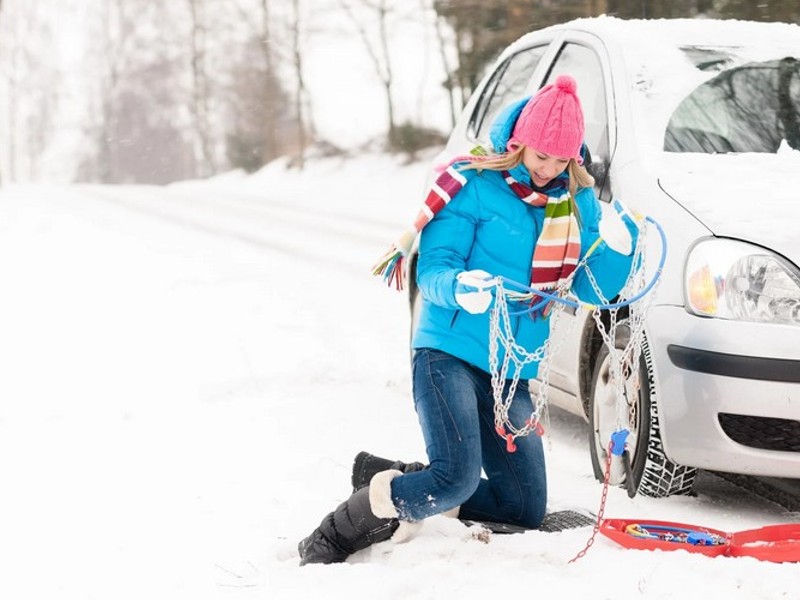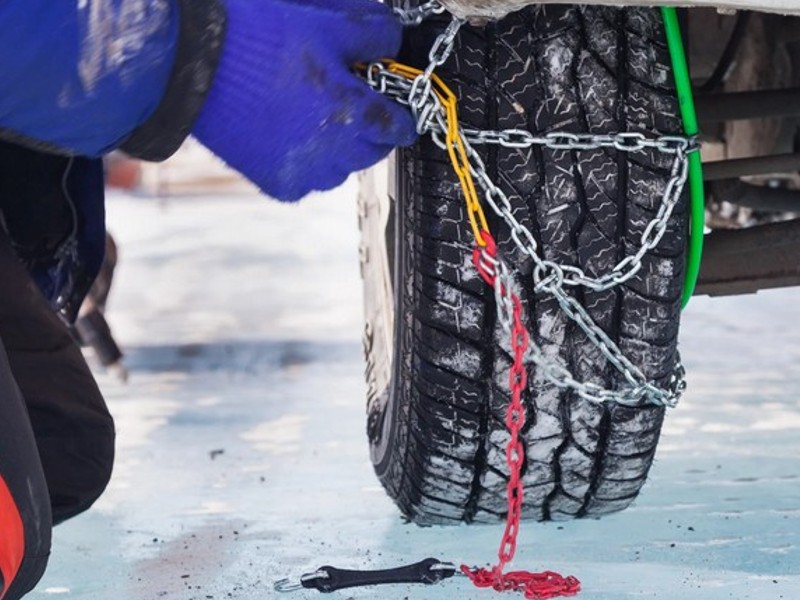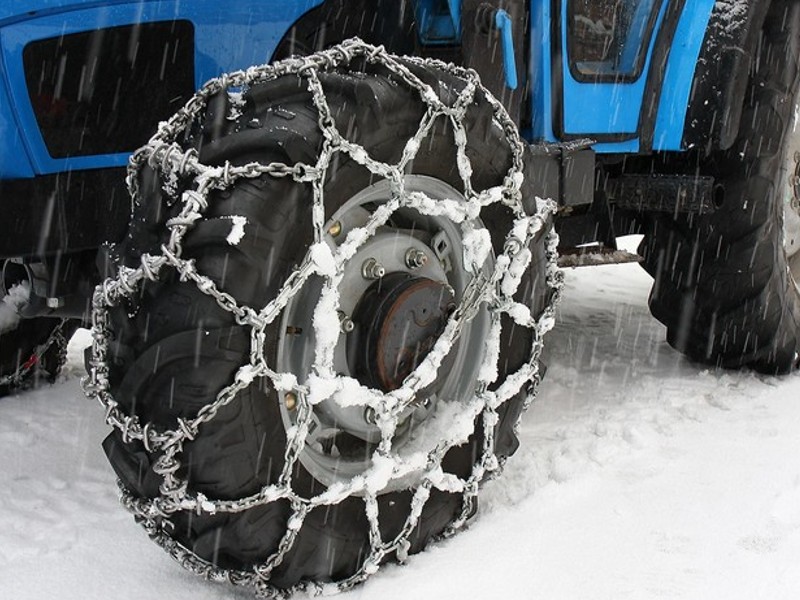As winter sets in, and the mercury drops below freezing, roads become slippery, challenging, and dangerous for drivers. One of the oldest yet most effective solutions for safe winter driving has been snow chains or tire chains, which are still an important accessory for those venturing into snowy and icy conditions.
This means that knowing the importance of tire chains and how to use them to the best effect can determine the difference between a safe journey and a harrowing ordeal for drivers in severe winter weather regions. Everything here-from the basics of tire chains to tips on choosing, installing, and making the most of them-is covered.
Tire chains are otherwise known as tire chains or tire cables. They are sets of metal links that go over the tires of vehicles for them to have grip on icy or snow-laden roads. They are not any different from creating additional friction between the tire and road surfaces. The vehicle now gains greater traction and decreases its likelihood of slippage. There are designs which go back to the days of link chain, then into cables, and finally modern self-tightening types which provide great performance.
Table of Contents
When to Use Snow Chains
Tire chains are particularly for heavy winter conditions with deep snow, ice, and mountainous regions where road surfaces are fully covered. Here’s when you should use these chains:
Heavy Snow
Areas of deep snow make your car stable while offering better grip with other measures of safety that have failed.
Mountain Roads
When you are passing over mountainous or high-altitude areas, you need to take tire chains in almost every area to avoid the hazards caused by the steep slippery roads.

Icy Roads
They are very effective in the ice. They assist the driver to maintain his grip over the road and chances of accidents are reduced considerably.
Most roads where chains are required will be clearly marked to state that chains are required. Always check the local regulation, as some areas are very strict on when and how tire chains can be used.
Types of Tire Chains
Knowing what types of tire chains exist can help you pick the best one for your vehicle and specific winter driving needs:
Metal Link Chains
These are the old-fashioned, rugged chains that work best for snow and ice traction and are very durable, therefore good for heavy-duty application.

Cable Chains
Twisted steel cables instead of metal links, cable chains are lighter and easier to install than metal link chains. These are good for occasional applications and work well on light snow.
Polyurethane or Textile Chains
These chains are made using strong textiles or plastic, so they can be applied to vehicles that have poor clearance. They are noiseless and cannot damage the roads, but they can only apply to light snow conditions.
Self-Tightening Chains
The self-tightening chains feature an automatic tightening system. These chains can be fitted and removed very easily, although they are a bit on the expensive side. If you are just starting with tire chains, you will appreciate how easy they are to use.
Composite Chains
Composite chains utilize materials such as metal and rubber. These chains provide a lot of traction without that old “clink” of the metal chains. This is an excellent option for a driver who goes through snow regularly.
How to Select the Best Tire Chains
You are not going to select snow chains by simply reaching into the store and picking the first set you see. Here are a few things to look at:
Tire Size
Actually, the snow chain is specific to the size of the tire. So it will be great to refer to your owner’s manual for the recommended sizing or even the side of your tires. Wrong sizing will make a hassle to install them for you and damage your tires.

Type of Vehicle
More robust vehicles like trucks and SUVs need more solid chains, while lighter ones may be fine with cable or textile chains.
The Frequency of Use
If the winters are really harsh in your region, you will be spending extra money on good, strong chains.
Road Conditions
There are some tire chains that do better on ice than others, and others which excel in deep snow or slush. Consider the most typical winter conditions in your location.
How to Install Tire Chains
Installing these chains can be a little intimidating at first, but once you learn how to do it, it is pretty easy. It’s a good idea to practice at home before driving out onto snow-covered roads.
Here is the step-by-step guide to installing tire chains:
1. Prepare Your Chains
Lay them on the ground and remove all twists and tangles. Put them alongside the tire you are going to mount them on.
2. Mount Your Chains
Place the chains over the top of the tire so that they are spread out as evenly as possible. Some chains need you to back up a few feet so you can get the chains across the whole tire.
3. Chains-Up
Chain it up with the manufacturer’s guidelines such that the chain is in tight and the center aligned across the tire. Self-locking chains reduce this tension.
4. Road Test Chains
Drive a mile or two to see how the chains have held up-are they solid and rub nothing inside the wheel well? Continue tightening when loose, as much as possible to increase safety.
Traveling with Snow Chains
Driving with tire chains entails some slight variations to maximize both the safety factor for its use and its durability along with your vehicle:
Drive Slowly
Tire chains operate at a speed of under 30 mph. Traveling too fast will deteriorate both the chains and your tires, not to mention moving you toward accidents.
Avoid Sharp Turns
Make turns slowly and avoid the sharp maneuver so that chains do not slip or break off.
Check on a Regular Basis
As tire chains tend to shift a little with time, therefore check them regularly for the tightness, especially when you drive over bumpy or uneven surfaces.
Remove Chains on Clear Roads
Driving on bare pavement with snow chains can damage both your tires and the road. Only use chains on snowy or icy surfaces.

